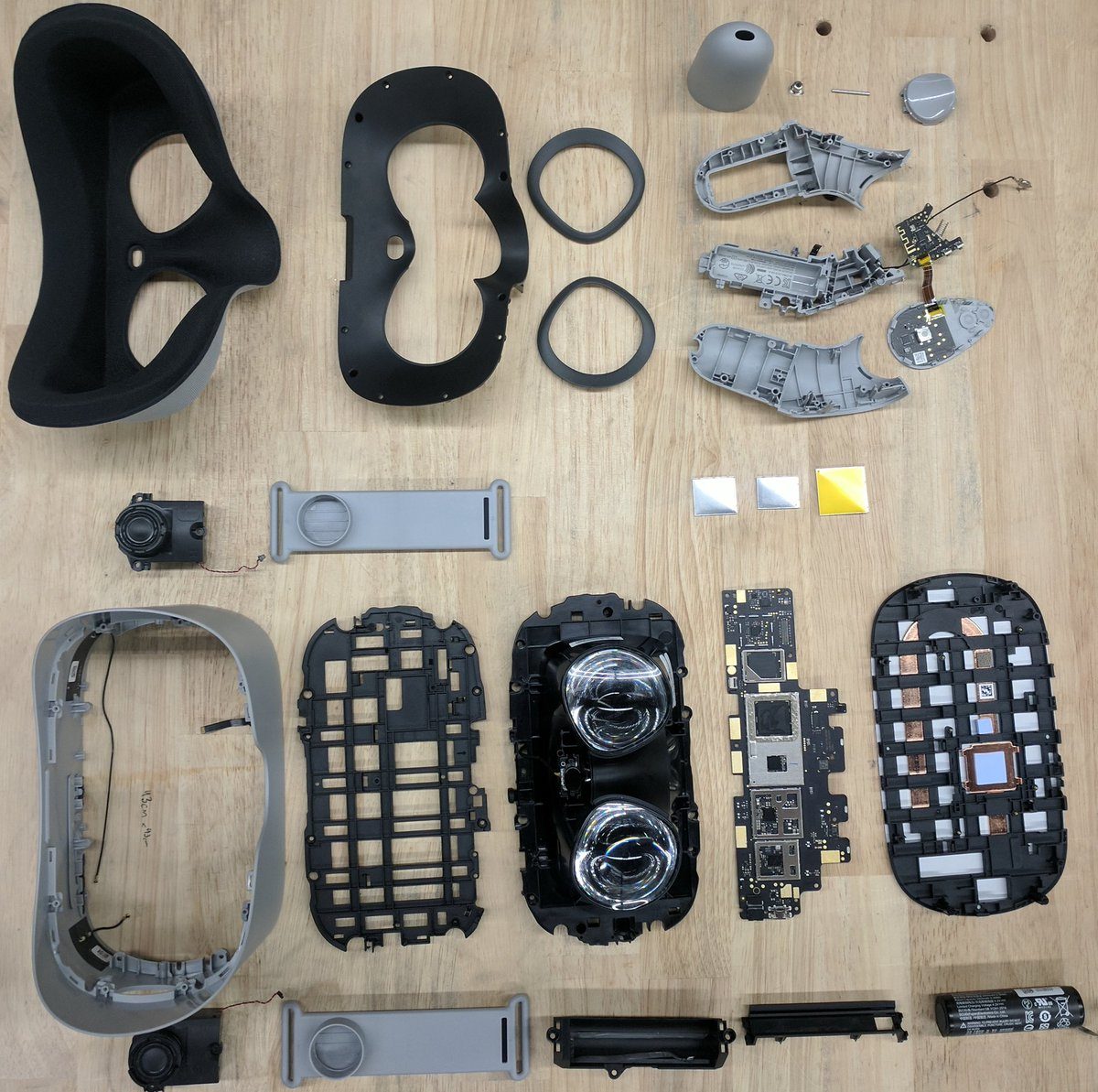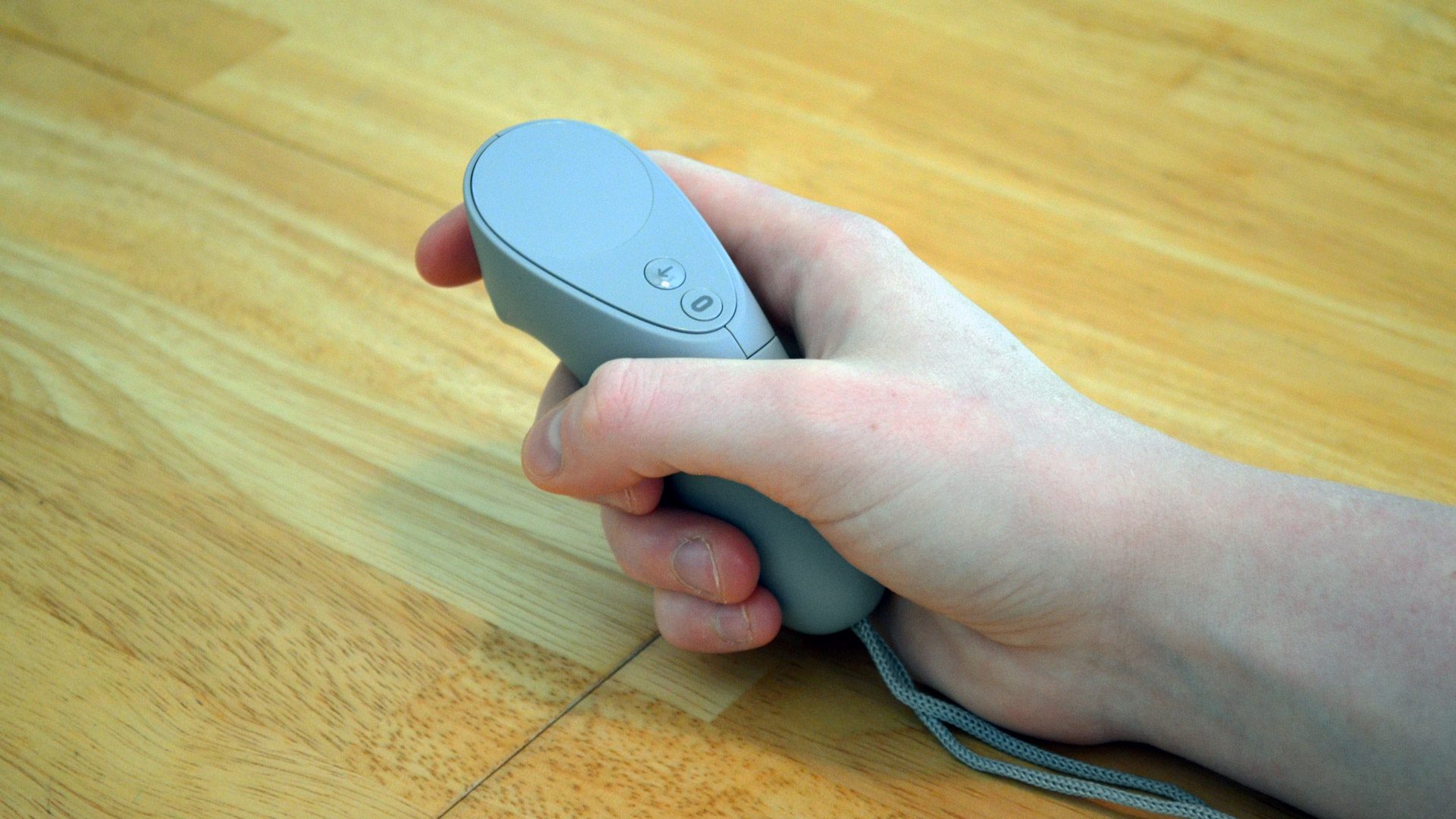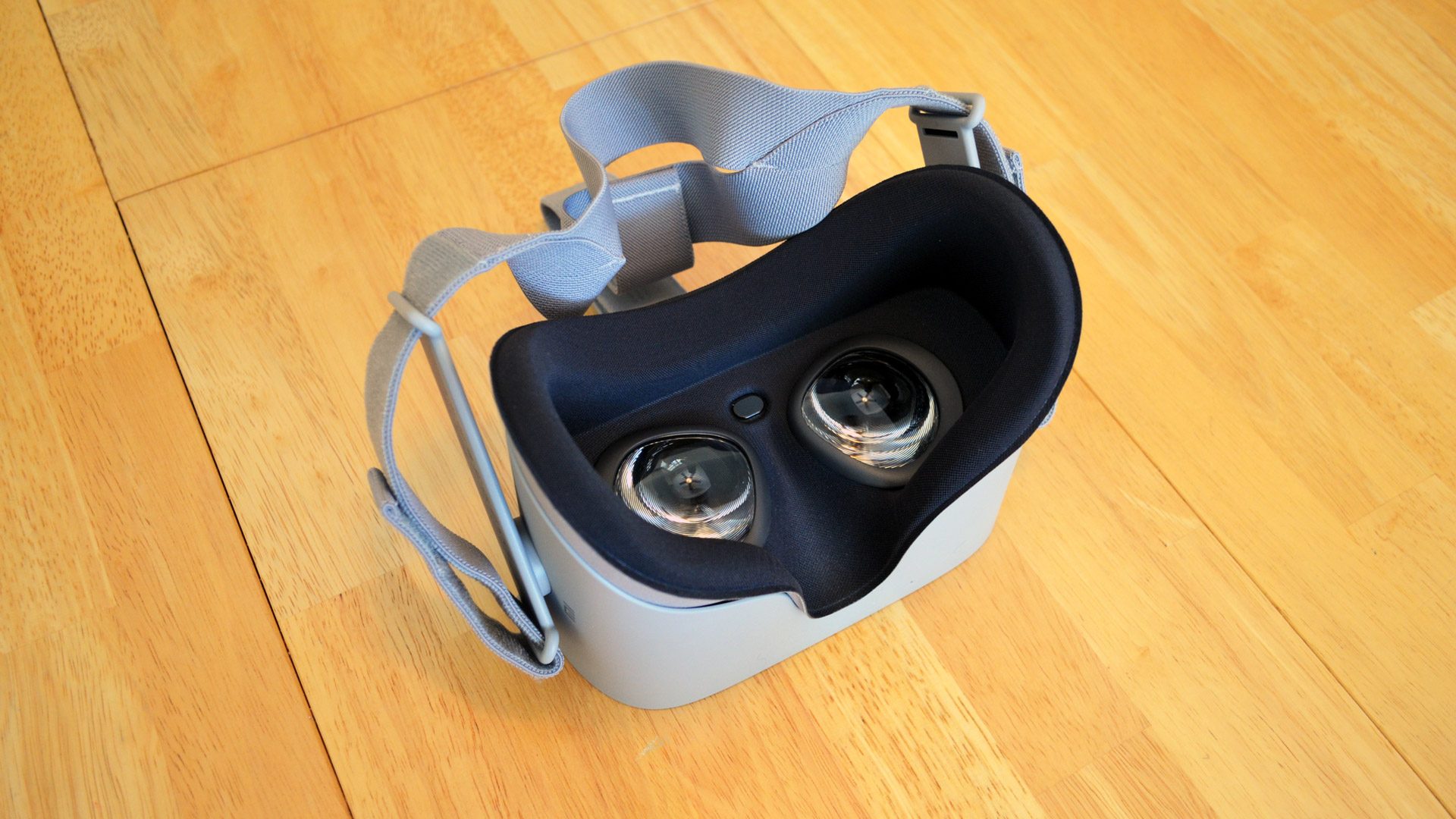Legendary programmer and Oculus CTO John Carmack took the stage today at Oculus Connect to have another one of his famous off-script, stream-of-thought talks. Carmack was instrumental in architecting the company’s mobile VR platform, so when he talks about the 3DOF standalone headset Go, pretty much everyone listens. There’s a few sore spots in Oculus Go that Carmack thinks could be solved in the next generation of low-cost VR standalones.
“One of the really gratifying things to me is that the problems that people have with Go right now, they tend to be real world problems rather than ‘VR geek’ problems,” Carmack explains, starting off into his hopes for the next generation of casual mobile devices.
According to Carmack, the most important area for improvement is battery life. This, he explains, could be done in a number of ways, including putting in a bigger battery, a higher-spec battery, having more power-efficient silicon, or streamlining code. Even with a higher-spec battery though, one of the areas that definitely needs to improve is fast charging.
“It’s great to hear people have a device that they’re upset – that they’ve used Go earlier and it’s not fully charged up and they want to use it again. That’s a good problem to have.”

One area that still needs a lot of work, Carmack says, is in the comfort department. In typical Carmackian fashion, he spoke candidly about Oculus’ priorities, saying he didn’t think the company has really put comfort at the top of the list. “It’s all been about packing the technology in and somehow wrapping a comfortable shape around that technology,” he said somewhat dejectedly, later pointing to hardware hackers who’ve improved Go by replacing the headband with a halo-style band, similar to the one found on PSVR.
“If we start getting to a point where we’re willing to sacrifice some technology in some cases in the name of comfort, for a lot of people that’s going to be the right trade-off.”
More internal storage is important too, but what Carmack calls a “failure of the product” is the Go’s controller inherent ability to drift, requiring a user to recenter its virtual position to match the physical object. Here, in the casual class of standalone VR hardware, there’s an argument to be made for inside-out depth sensors and some kind of optical controller tracking like that implemented in Oculus Quest, the newly announced high-end standalone headset with positionally tracked headset and controllers. The associated cost to the system’s compute overhead however makes this a daunting task.
Better resolution is also on the list, although Carmack thought cellphone companies would have started producing 4K resolution panels for smartphones by now, which the VR industry would co-op into VR headsets. “VR companies are going to have to foot the bill on next generation display density increases,” he concludes.

The seemingly lesser items on Carmack’s list garnered quick mention, including hand tracking, which could technically replace a controller for casual media consumption, although it comes with a significant computational cost.
An ambient light sensor could allow the headset to automatically adjust the displays illumination intensity for those moments when you’re in a dark room and don’t want too much light leakage to disturb another person.
Because the sun’s rays can ruin VR displays by magnifying through the headset’s lenses, sunburn protection for a next generation device makes sense to Carmack. An LCD layer that darkens upon contact with the sun’s rays could work, although a quick fix could be making the faceplate of the headset so it isn’t flat so users don’t leave it resting on tables, lenses pointed upwards.

In the end, Carmack reveals that the Oculus Go was initially a side project, and that Oculus Quest was the big gamble. Since the headsets were developed contemporaneously though, and targeting different sectors of the market—Oculus Go focused on media consumption, and Oculus Quest focused on gaming—there hasn’t been enough time to learn from Go and implement much into Quest, meaning some of these outstanding wishes aren’t entirely solved by the upcoming Quest.
You can learn more about Quest in our hands-on, which includes first impressions and everything we know about the headset.
You can check out the six-minute clip below to hear a little more about what Carmack hopes will be accomplished in future casual standalone headsets.







